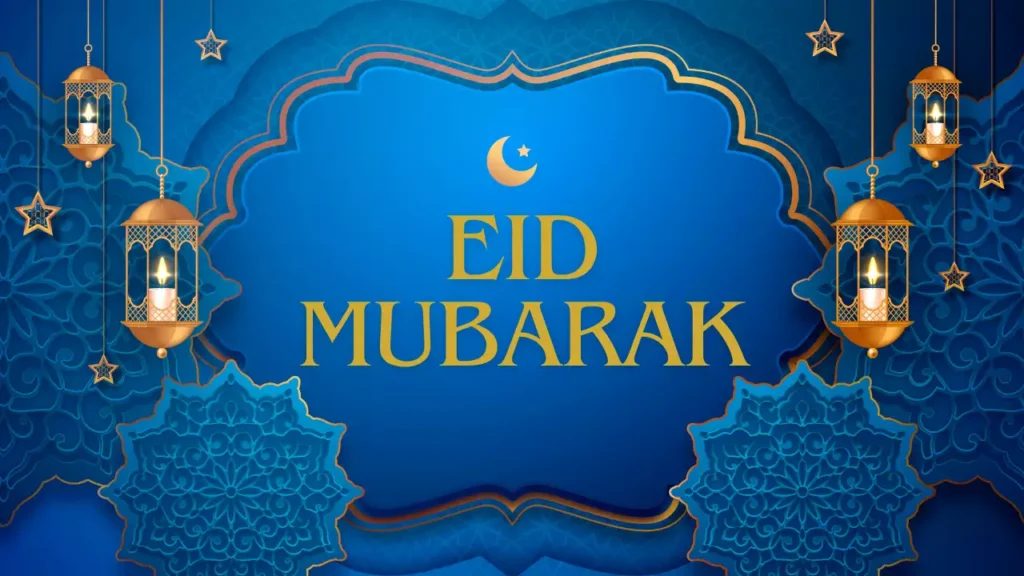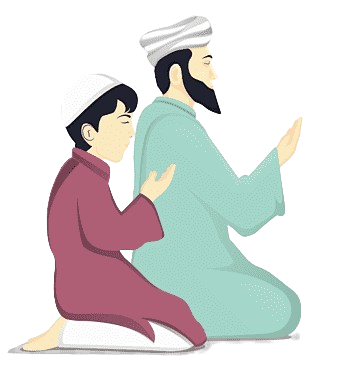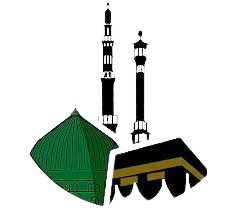
Namaz-e-Eidain
Namaz-e-Eidain: A Celebration of Joy and Gratitude
Namaz-e-Eidain, also known as the Eid Prayer, is a special congregational prayer performed on the occasions of Eid al-Fitr and Eid al-Adha. It’s a time of joy, gratitude, and spiritual renewal, and a unique opportunity to seek blessings and forgiveness.

Significance of Namaz-e-Eidain
The Prophet Muhammad (PBUH) said: “The Eid prayer is a Sunnah for men, and a Nafl (voluntary) for women” (Abu Dawud). Namaz-e-Eidain is a way to:
- Express gratitude for Allah’s blessings
- Seek forgiveness and mercy
- Strengthen community bonds
- Celebrate the joy of Eid

How to Perform Namaz-e-Eidain
- Gather in a Congregation: Assemble in a large group, usually in an open space or mosque.
- Intention (Niyyah):
- “I intend to perform Namaz-e-Eidain for the sake of Allah.
- Stand in Rows (Saf):
- Men and women stand separately, with the Imam leading.
- Takbir (Allahu Akbar):
- Begin with three Takbirs, followed by the Imam’s recitation.
- Recitation (Qira’ah):
- Listen to the Imam’s recitation of Surah Al-Fatihah and another Surah.
- Ruku (Bow):
- Perform a single Ruku, followed by two Sujuds (prostrations).
- Khutbah (Sermon):
- Listen to the Imam’s Khutbah, which usually includes blessings and guidance.
- Final Takbir (Allahu Akbar):
- End with a final Takbir.
Etiquettes and Reminders
Attend Namaz-e-Eidain with family and friends.
Dress modestly and appropriately.
Arrive early and be mindful of prayer timings.
Refrain from worldly conversations during the prayer.
Show respect and compassion to fellow worshippers.
Namaz-e-Eidain: A Joyous Celebration
Namaz-e-Eidain is a joyous celebration of our faith, a time to reconnect with Allah and our community. May our prayers be accepted, and may we be blessed with happiness, peace, and spiritual growth.


